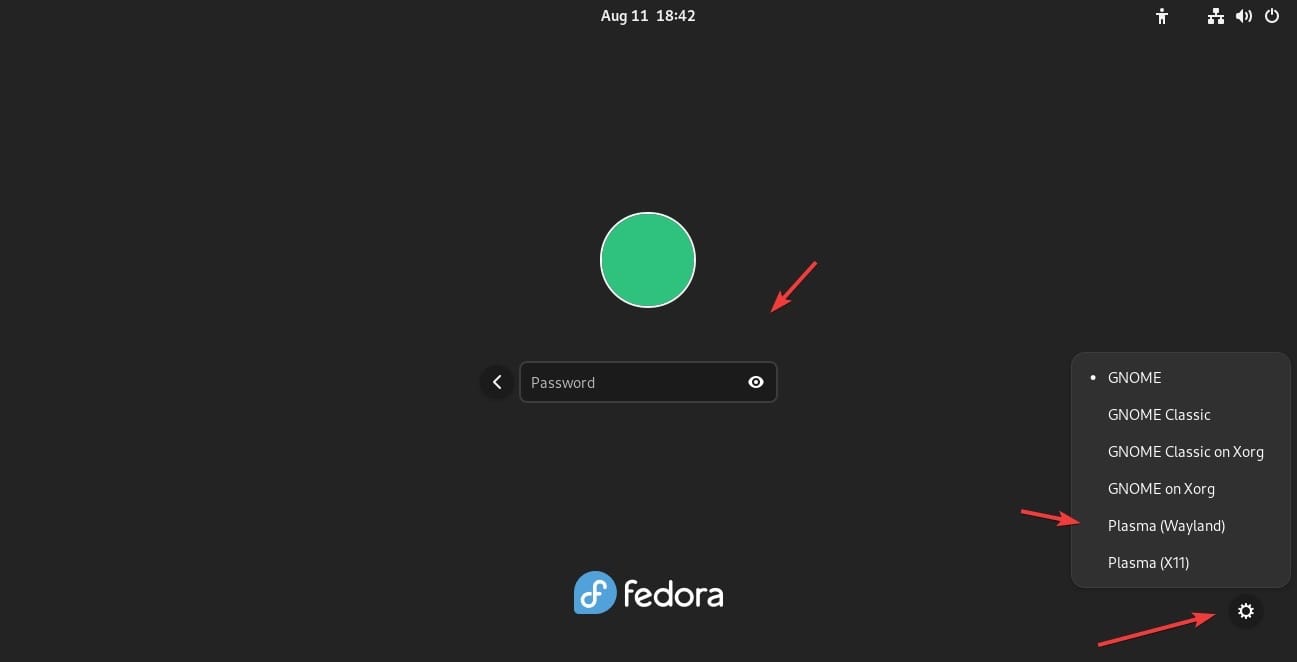How To Install KDE Plasma Desktop on Fedora 37

In this tutorial, we will show you how to install KDE Plasma Desktop on Fedora 37. For those of you who didn’t know, KDE Plasma is a desktop environment created by the KDE community, which is a global community that develops free and open-source software. KDE Plasma Desktop is known for its flexibility, customization options, and advanced features, making it an ideal choice for power users, developers, and anyone who wants to make the most of their desktop experience.
This article assumes you have at least basic knowledge of Linux, know how to use the shell, and most importantly, you host your site on your own VPS. The installation is quite simple and assumes you are running in the root account, if not you may need to add ‘sudo‘ to the commands to get root privileges. I will show you the step-by-step installation of the KDE Plasma Desktop on a Fedora 37.
Prerequisites
- A server running one of the following operating systems: Fedora 37.
- It’s recommended that you use a fresh OS install to prevent any potential issues.
- SSH access to the server (or just open Terminal if you’re on a desktop).
- An active internet connection. You’ll need an internet connection to download the necessary packages and dependencies for KDE Plasma.
- A
non-root sudo useror access to theroot user. We recommend acting as anon-root sudo user, however, as you can harm your system if you’re not careful when acting as the root.
Install KDE Plasma Desktop on Fedora 37
Step 1. Before proceeding, update your Fedora operating system to make sure all existing packages are up to date. Use this command to update the server packages:
sudo dnf upgrade sudo dnf update
Step 2. Installing KDE Plasma Desktop on Fedora 37.
By default, the KDE Plasma package comes in the default repository of Fedora 37. Now run the following command below to install the latest version of KDE Plasma to your Fedora system:
sudo dnf install @kde-desktop-environment
Wait for the installation to complete, which may take several minutes depending on your internet speed. Once the installation is complete, log out of your current desktop environment.
Step 3. Accessing KDE Plasma Desktop on Fedora.
After login into the Fedora system, At the login screen, click on the gear icon to select KDE Plasma as your new desktop environment. Enter your login credentials and click on “Sign In” to start using KDE Plasma Desktop on Fedora 37.

Once you’ve installed KDE Plasma Desktop on Fedora 37, it’s time to start using it. Here are some essential tips to help you get started:
- Getting to Know the Plasma Desktop.
The Plasma Desktop is designed to be intuitive and easy to use. It features a taskbar, application launcher, and system tray, all of which can be customized to suit your needs.
- Navigating the Menus and Panels
KDE Plasma Desktop offers multiple menus and panels that provide quick access to applications, settings, and system information. You can customize these menus and panels by adding or removing widgets and changing their size and location.
- Customizing the Look and Feel
One of the biggest advantages of KDE Plasma Desktop is its customization options. You can change the desktop background, theme, icons, and fonts to suit your preferences. You can also install additional themes and widgets from the KDE Store to further personalize your desktop environment.
Congratulations! You have successfully installed KDE Plasma. Thanks for using this tutorial for installing the KDE Plasma Desktop on your Fedora 37 system. For additional help or useful information, we recommend you check the official KDE Plasma website.